Many a times users want to monetize their live streams or would like to keep them private and restricted, in either case password protecting the stream becomes important as a streamer will share the password with only those users who are intended for the stream.
With the increasing rate of cyber threats, protecting your valuable content from unauthorized access is becoming increasingly important. Whether you’re hosting private conferences, confidential meetings, or premium events, understanding the key aspects of password-protected live streaming is essential.
In this article, we will explore the latest advancements, and more surrounding password-protected live streaming to ensure that you stay ahead of the curve.
By the end of this guide, you will have a comprehensive understanding of password-protected live streaming and be equipped to harness its potential in 2023. So, let’s get started!
What Is Password Protected Live Streaming?
Password protected live streaming refers to a method of restricting access to live streaming content by requiring a unique password for entry. It is a security measure employed to ensure that only authorized individuals can view the live stream.
By implementing password protection, content creators and organizations can maintain control over who can access their live streams, enhancing privacy, exclusivity, and security. With password-protected live streaming, viewers are required to enter a designated password or access code before they can view the live stream.
This password serves as a digital key, granting entry only to those who possess the correct credentials. By implementing this authentication process, content creators can ensure that their live streams are limited to a specific audience, such as invited guests, subscribers, or paying customers.
How Does Password Protected Live Streaming Work?
Password-protected live streaming operates on a combination of authentication mechanisms and encryption protocols to ensure secure access to live streaming content.
Let’s explore how password-protected live streaming works:
1. User Authentication
The process begins with user authentication, where viewers attempting to access a password-protected live stream are prompted to enter a unique password or access code. This authentication step verifies the viewer’s identity and ensures they have the necessary credentials to view the content.
2. Password Verification
Once the viewer enters the password, the system validates the provided information against the stored password on the server. This verification process ensures that the correct password has been entered before granting access to the live stream. If the password matches, the viewer is granted access; otherwise, they are denied entry.
3. Access Control
Once the viewer’s password is verified, an access control mechanism is employed to grant or deny access to the live stream. This mechanism may include authorization checks to determine if the viewer has the necessary permissions to view the content. For example, content creators can restrict access to specific user groups or subscribers only. Using the best Mac password manager can help securely manage these credentials and streamline the verification process for both creators and users.
4. Encryption
To ensure the security and privacy of the live streaming content, encryption techniques are applied. The live stream data is encrypted using cryptographic algorithms, making it difficult for unauthorized individuals to intercept or decipher the content during transmission.
Encryption ensures that even if someone gains access to the stream, they cannot view or understand the content without the decryption keys.
5. Secure Socket Layer (SSL) or Transport Layer Security (TLS)
Password-protected live streaming often employs SSL or TLS protocols to establish a secure connection between the viewer’s device and the server. These protocols encrypt the data transmitted over the network, providing an additional layer of security and preventing unauthorized interception or tampering.
6. Content Delivery Network (CDN)
In the context of password-protected live streaming, a Content Delivery Network (CDN) plays a crucial role. CDNs help distribute the live stream content to viewers worldwide efficiently. They replicate the live stream across multiple servers in geographically diverse locations, ensuring optimal delivery and minimizing latency.
CDNs also work in conjunction with password protection mechanisms to ensure that only authorized viewers can access the distributed live stream.
7. Real-Time Authentication Updates
In some cases, password-protected live streaming systems incorporate real-time authentication updates. This means that if the password for a live stream changes during the broadcast, the system can dynamically update the authentication parameters.
This ensures that viewers who initially entered the correct password can continue accessing the live stream, while unauthorized individuals who do not possess the updated password are denied access.
8. Monitoring and Analytics
Alongside the technical aspects, password-protected live streaming systems often include monitoring and analytics tools. These tools provide insights into viewer behavior, engagement metrics, and performance analytics.
Content creators can monitor access patterns, detect any potential unauthorized attempts, and analyze the effectiveness of their password protection measures.

Why Is Password Protected Live Streaming Important?
Now let’s delve into key reasons why password-protected live streaming is important:
1. Protecting Sensitive Content
Password protection is paramount when streaming confidential or sensitive content. For businesses, password-protected live streaming enables the secure dissemination of proprietary information, internal meetings, or sensitive product launches to a select audience.
Educational institutions can use password protection to restrict access to private lectures, courses, or research materials. By implementing password protection, content creators can safeguard their intellectual property, prevent unauthorized distribution, and maintain control over who can access their valuable content.
2. Exclusivity and Monetization
Password-protected live streaming provides an opportunity for content creators to offer exclusive experiences to their audience. By requiring a password to access live streams, creators can foster a sense of exclusivity and build a dedicated community of viewers.
This exclusivity can also be leveraged for monetization purposes, such as offering premium content, pay-per-view events, or gated access for subscribers. Password protection allows content creators to create additional value for their content and generate revenue streams by providing a unique and tailored viewing experience to a select group of viewers.
3. Ensuring Audience Control
One of the key advantages of password-protected live streaming is the ability to exercise control over who can view the content. Content creators can limit access to specific user groups, subscribers, or invited guests, ensuring that the live stream reaches the intended audience.
This control helps maintain the quality of interactions, preserve the exclusivity of content, and foster a sense of community among viewers. By carefully curating the audience, content creators can also mitigate risks associated with unauthorized sharing, piracy, or unwanted exposure of their content.
4. Enhanced Privacy and Security
In an age where data breaches and privacy concerns are rampant, password-protected live streaming offers an additional layer of privacy and security. By requiring a unique password for access, content creators can prevent unauthorized individuals from intercepting or accessing the live stream.
This helps protect sensitive information, maintain confidentiality, and reduce the risk of unauthorized distribution or infringement. Additionally, password protection, when combined with encryption and secure transmission protocols, ensures that the content remains secure during streaming and cannot be accessed by unauthorized parties. Using a VPN, such as through the use of free trial with CyberGhost VPN protection, streaming professionals can add another layer of security to exclusive content.
5. Control over Content Distribution
Password-protected live streaming empowers content creators to have complete control over the distribution of their content. Instead of making live streams available to the general public, password protection enables creators to select their target audience and limit access accordingly.
This control prevents unauthorized redistribution, copying, or unauthorized sharing of the content. Content creators can choose to share the password selectively with trusted viewers, ensuring that their content remains within the intended circle and minimizing the risk of piracy or unauthorized replication.
Top Use Cases of Password Protected Live Streaming: In 2023 & Beyond
From corporate events to educational settings, password protection offers numerous use cases that ensure the security, exclusivity, and control over live streaming content. Let’s explore the top prominent use cases of password-protected live streaming in 2023 and beyond:
1. Private Corporate Conferences and Meetings
Password-protected live streaming is extensively used for hosting private corporate conferences and meetings. Organizations can stream internal meetings, shareholder presentations, or executive briefings to remote employees, ensuring that only authorized individuals can access the live stream.
By employing password protection, businesses can maintain confidentiality, protect sensitive information, and provide a secure channel for sharing company updates with a select audience.
2. Exclusive Webinars and Workshops
Password protection enables content creators and businesses to host exclusive webinars and workshops for targeted audiences. Whether it’s a training session, professional development workshop, or industry-specific webinar, password-protected live streaming ensures that only registered participants or invited guests can access the content.
This level of exclusivity enhances engagement, fosters a sense of community, and enables presenters to interact with a focused audience while maintaining control over who can attend the event.
3. Premium Online Courses and Educational Material
Password-protected live streaming finds significant application in the field of education. Educational institutions, trainers, and online course providers can utilize password protection to deliver premium content, including online courses, tutorials, and educational material.
By requiring a password for access, educators can ensure that only enrolled students or subscribers can view the content, providing an enhanced learning experience and preventing unauthorized distribution of educational material.
4. Virtual Events and Trade Shows
Password-protected live streaming has gained traction in the realm of virtual events and trade shows. With the rise of virtual conferencing and exhibitions, organizers can use password protection to restrict access to registered attendees or paying participants.
This approach allows event organizers to monetize their virtual events, provide exclusive content, and control access to conference sessions, keynote speeches, or product launches.
5. Internal Communication and Team Collaboration
Password-protected live streaming serves as a valuable tool for internal communication and team collaboration within organizations. Companies can leverage password protection to stream internal town halls, departmental meetings, or cross-team collaborations.
This ensures that sensitive discussions and updates are shared securely among employees, fostering transparency, enhancing engagement, and maintaining confidentiality within the organization.
6. Restricted Access Media and Entertainment
Password-protected live streaming is particularly relevant for media and entertainment companies that wish to provide exclusive content to a specific audience. Production studios, music labels, and content creators can employ password protection to stream private screenings, exclusive music releases, or behind-the-scenes footage to selected individuals or fan communities.
This approach enhances fan engagement, creates a sense of exclusivity, and protects copyrighted material from unauthorized distribution.
To Conclude
From private corporate conferences and exclusive webinars to premium online courses and virtual events, password protection ensures that only authorized individuals can access the content, fostering engagement and safeguarding sensitive information.
To leverage the power of password-protected live streaming and unlock its full potential, businesses and content creators can turn to comprehensive live streaming platform providers like Muvi Live. Muvi Live offers an all-in-one solution for live streaming, empowering organizations to launch and manage their password-protected live streaming channels effortlessly.
Furthermore, it comes with a range of features, including scalable CDN, audience engagement tools, SEO tools, social media integration, and analytics, to optimize the live streaming experience.
Yet to try it out? Start for free today (no credit card needed).
FAQs
- What are the benefits of using password-protected live streaming?
Password protection adds an extra layer of security, preventing unauthorized individuals from accessing sensitive or confidential live streams. It also enables content creators to control their audience, restrict access to paid subscribers or specific groups, and maintain exclusivity for events, workshops, or private broadcasts.
- Can password-protected live streaming be used for monetization?
Yes, password-protected live streaming can be monetized. Content creators can offer exclusive access to live streams as part of a subscription or pay-per-view model, allowing them to generate revenue from their valuable content while ensuring that only paying viewers can participate.
- Are there any considerations when using password-protected live streaming?
When using password-protected live streaming, it is crucial to choose a secure and reliable streaming platform that supports password protection features. Additionally, content creators should carefully manage and distribute passwords, ensuring they are shared securely with authorized viewers to maintain the intended level of privacy and exclusivity.
- Can password-protected live streaming be used for interactive sessions?
Yes, password-protected live streaming can be utilized for interactive sessions. With the right streaming platform, viewers who enter the correct password can actively engage with the content by participating in live chats, Q&A sessions, polls, or other interactive features, fostering a sense of community and engagement.
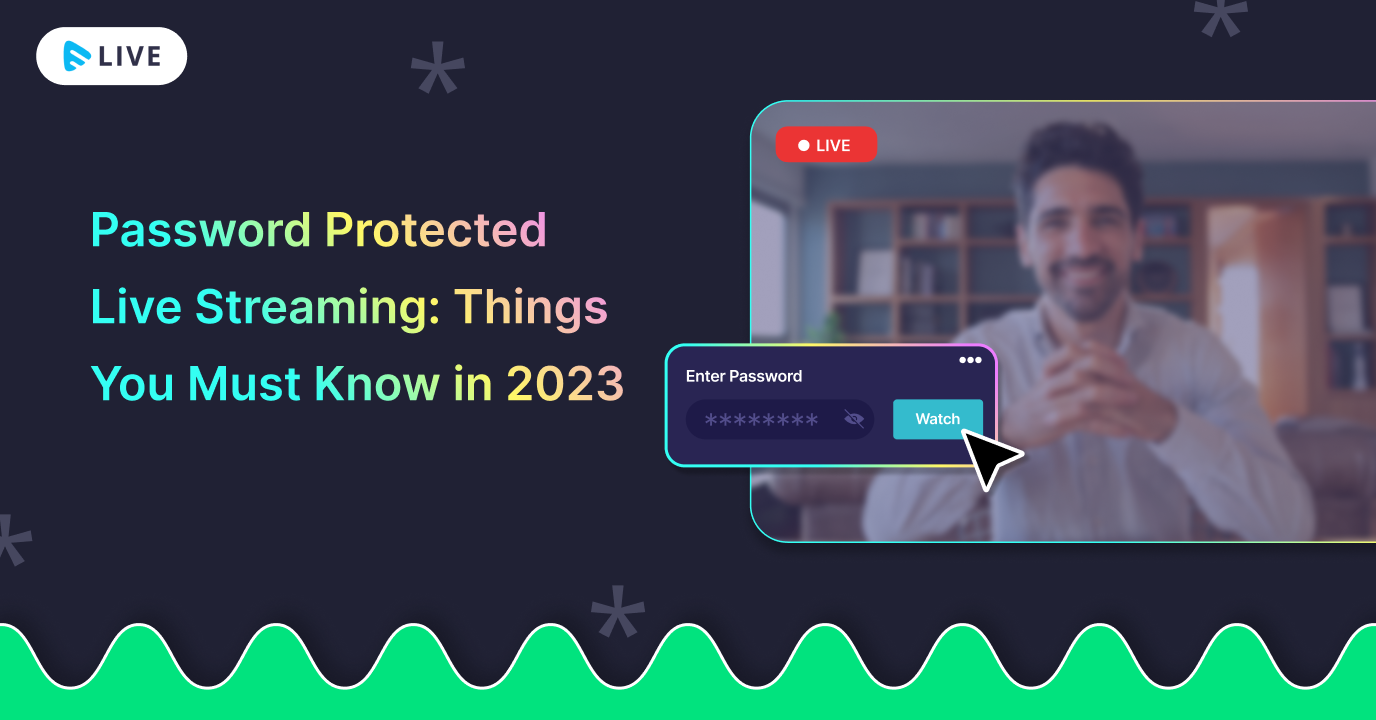




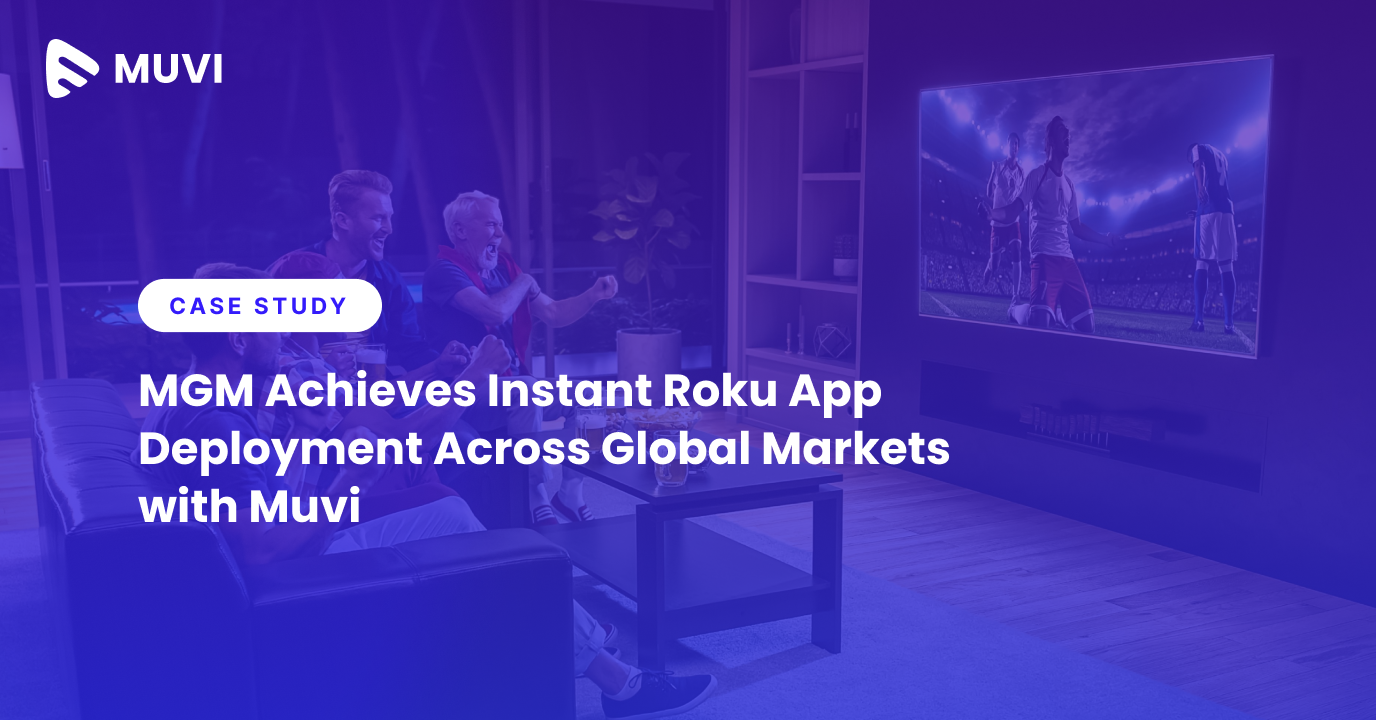




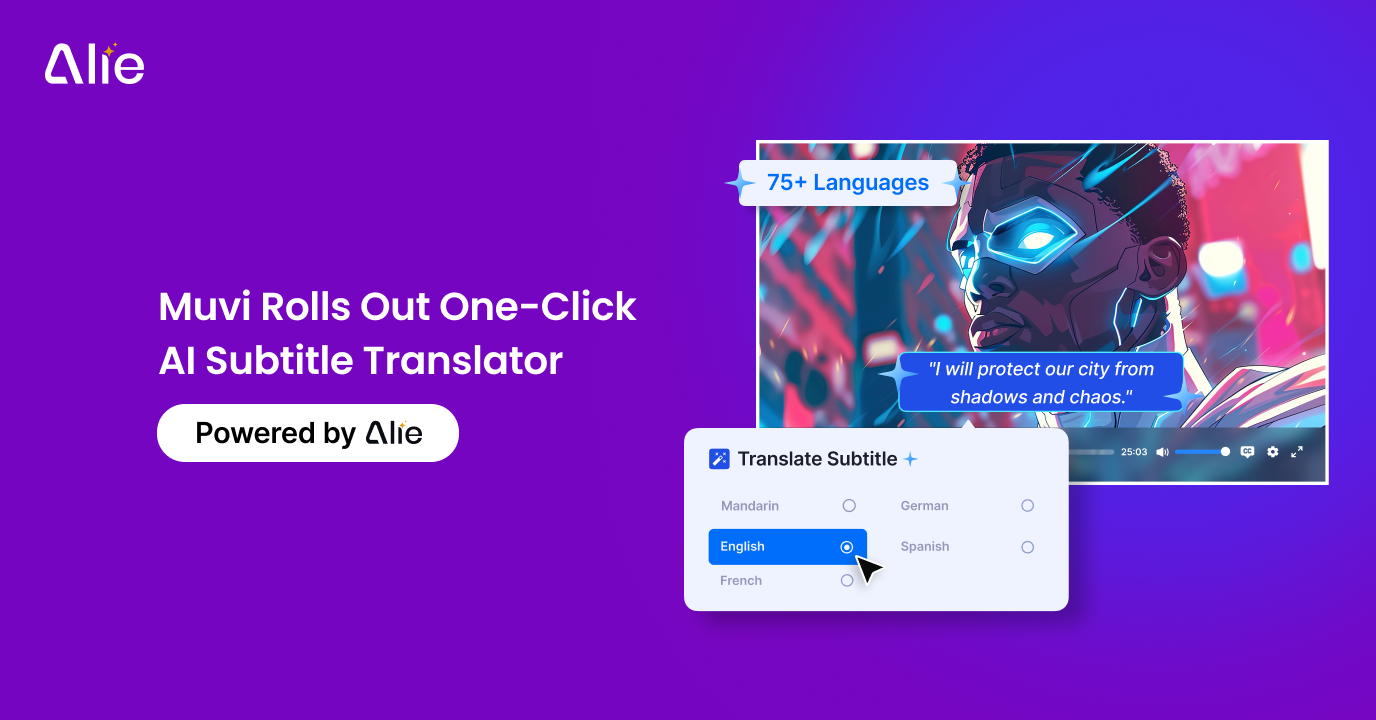
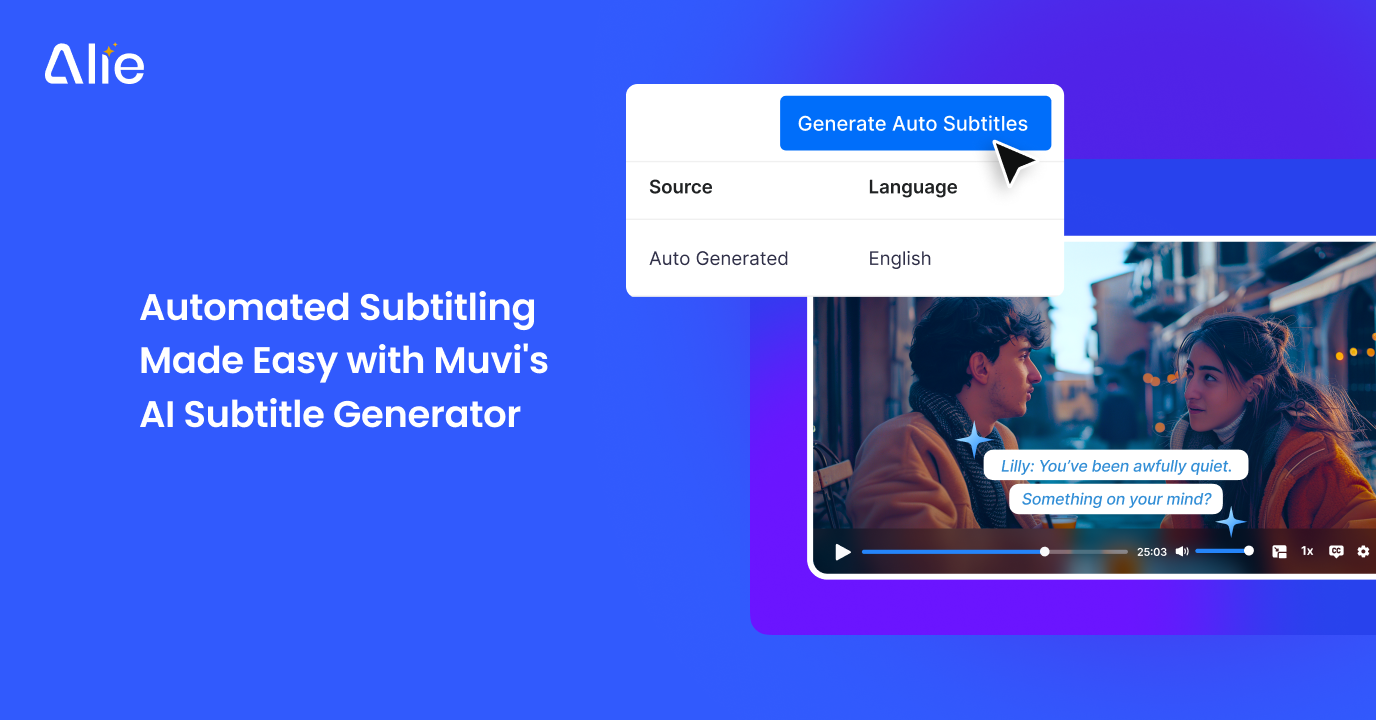
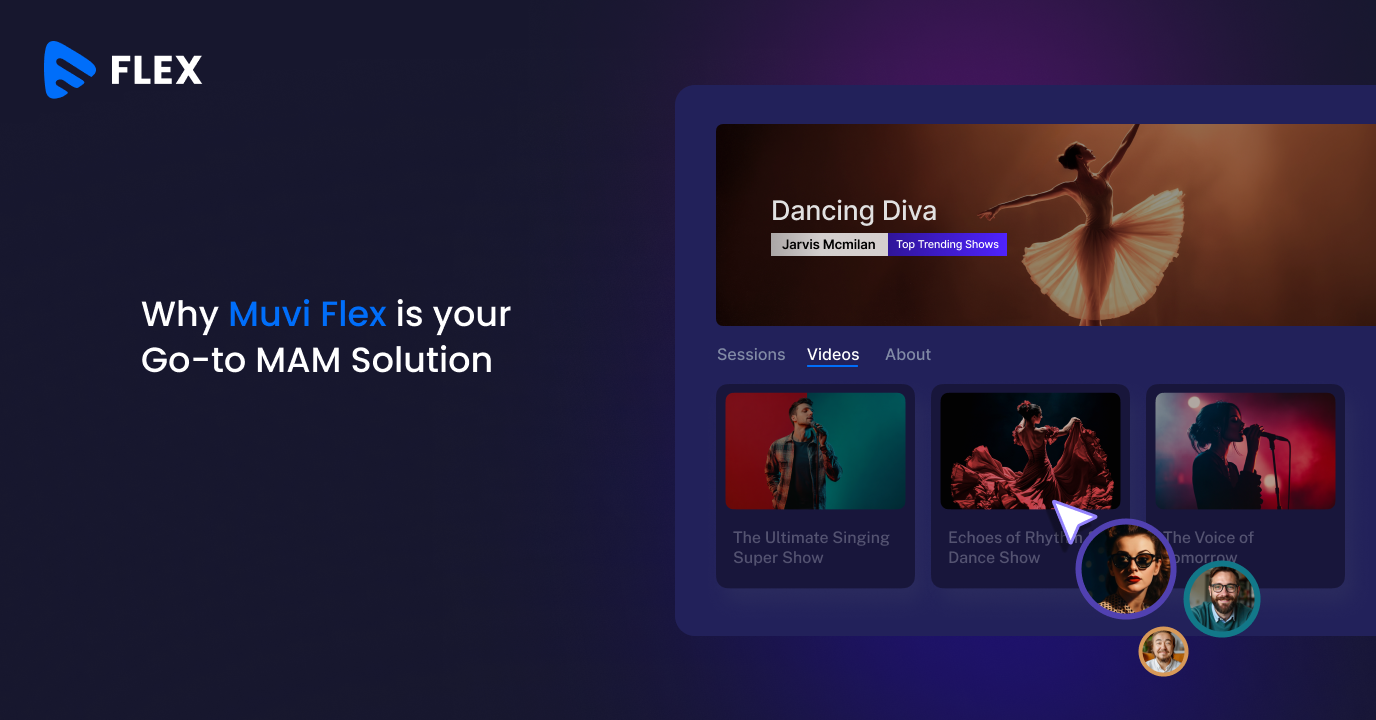



Add your comment